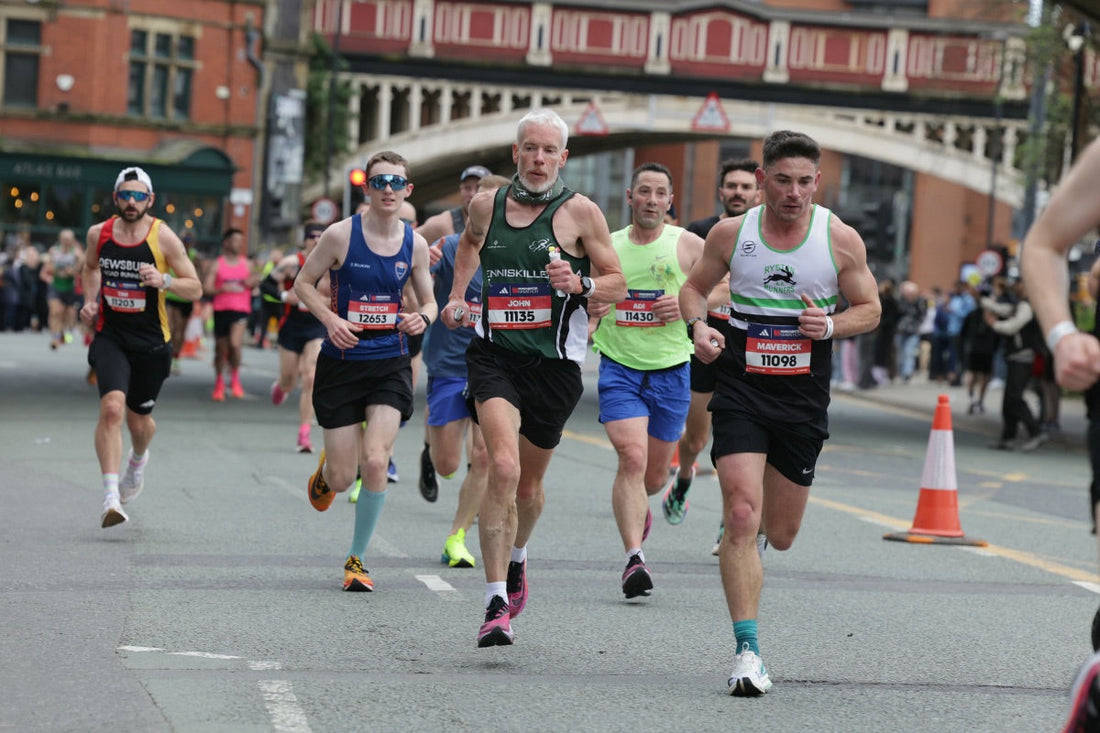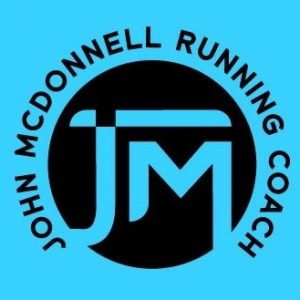
Over 50's Runners - Can You Train Like a Younger Athlete
Share
Training Hard Beyond 50
Age is often seen as a barrier to achieving peak performance in running. However, many athletes over 50 are defying this notion, proving that we can continue to train, race, and even reach new personal bests. In this post, I’ll argue that good training techniques are fundamental, regardless of age. What works for a 50-year-old is likely to work just as well for a 35-year-old.
Studies show that running performance tends to decline slightly, with around 1% decrease in speed between the ages of 35-40. After 40, the decrease becomes more noticeable, but it's still gradual. Endurance athletes, in particular, lose about 5% of their speed endurance per decade. That’s probably less than you expected. When I reflect on these numbers, I find myself thinking that I can still train hard and race well for years to come.
I’m not suggesting everyone feels this way, but many people start getting injuries or feeling sore more often after workouts and interpret it as a sign they are "too old." I call bullsh*t. Age is a factor in performance, yes, but that doesn’t mean we should give up on improving. With the right mindset, training methods, and an optimised strength training routine, we can still achieve impressive results.
Solid Mindset
Having a positive mindset is crucial in any sport, but particularly in running. We must believe that we can reach our goals—not just think about it, but believe it unwaveringly. Not every training block will be perfect, and not every race result will be what we hope for. The key is to set your goals, train with purpose, and do what it takes to achieve them.
You wouldn’t set a goal, not train for it, and expect to hit it, right? Of course not. Similarly, you wouldn’t train for a goal and then race without fully committing to hitting that goal. Whether you're 25, 35, or 55 years old, the approach is the same: set your goal, train for it, and race with the belief that you can achieve it. A strong belief and commitment to your goal make it more likely to succeed.
Mental training is often overlooked, but it can make the difference between success and failure. A study from Trine University showed that even minimal self-doubt can negatively affect performance on race day. In contrast, another study highlighted the significant correlation between self-confidence and positive athletic outcomes.
Training Methods for Over 50's
I can speak to this from personal experience. At 56, I’m training just as hard—if not harder—than I did in my 40s. My routines haven’t changed much, but my sessions are more intense than ever. I’ve coached many athletes over 50 with great success using these methods. While every athlete has unique goals, the key to creating effective training plans isn’t based solely on age. More important factors include the athlete’s running history, goals, schedule, and several other relevant variables.
The idea that older runners need more rest days, longer recovery periods, or adjusted intensities is misguided. Yes, a 55-year-old marathon runner might need an extra rest day, but that’s based on their individual history and circumstances—not their age.
Optimized Strength & Mobility Training
Strength training is vital for runners at all ages, but it’s especially crucial for those over 50. Studies have shown that maintaining muscle mass as we age is linked to better health outcomes. Sarcopenia—the age-related loss of muscle mass—is associated with mobility limitations and a higher risk of disability. Furthermore, research indicates that low muscle mass in older adults is tied to higher mortality risks, including cardiovascular and respiratory diseases.
For runners in particular, a strong build enhances performance by improving running efficiency, allowing runners to sustain speed for longer. While muscle mass is important for everyone, it’s especially beneficial for older adults. Maintaining muscle in the upper body, lower body, and core is essential. Endurance athletes, in particular, will see significant performance gains with a strong upper body and core, not just strong legs.
This doesn’t mean you need to hit the gym five nights a week lifting heavy weights. A full-body bodyweight routine three to five times per week can suffice. The key is consistency and working all the major muscle groups.
Along with strength training, incorporating stretching and mobility exercises is critical. Running constantly shortens muscles, and if you combine that with a desk job, regular stretching and mobility work becomes even more crucial for maintaining flexibility and preventing injuries.
Conclusion
Ultimately, these principles apply to athletes of all ages. To perform at your peak, it’s essential to have the right mindset, follow an intelligent training plan, and incorporate strength and mobility training. Over-50 runners can absolutely train at a high level and continue to achieve personal bests. Who says personal records are only for younger runners?
